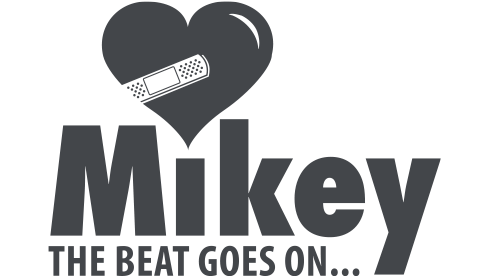
Winter can be a particularly tough time of year for some of us. It’s dreary weather, the shorter days, and the often cold temperatures. Regardless of those seasonal changes, many of us look forward to the holiday parties and celebrations that come with this time of year.
Unfortunately due to the pandemic, this won’t be occurring for many of us which may leave us confused as to how to celebrate the holidays while remaining healthy.
To help you navigate how to keep active and remain heart healthy during the holidays, we’ve created some tips that you can follow during your winter break.
Tips for a heart-healthy holiday
Enjoy your favourite holiday foods in moderation
Each holiday season, each one of us craves a dish that’s served at a big holiday dinner. We look forward to it in the lead up towards the holidays, and will often skip a meal to make room so that we can eat as much of it as we can.
Since many family’s will need to remain home this year and away from loved ones, we encourage families to think about portions, and try to cook for just those within your home. It’s ok to have your favorite dish, just make sure it’s a healthy serving this year.
Load up with colour
This is a trick that is often referred by doctors to recovering heart attack patients. Aim to fill half of your plate with vegetables and fruit. This is a great way to balance out calorie-rich foods that are prevalent at holiday dinners. Optional: Try to choose fresh cut veggies, leafy garden salads and fruits, as they will tend to have fewer calories than other vegetables like mashed potatoes or maple syrup and squash.
Watch your drinks
Calories from drinks can add up quickly. This goes for both non-alcoholic and alcoholic drinks. Seek out alternatives to some drinks that you would normally have casually. Instead of rum and coke have vodka and cran. Another alternative is to treat the drink as a dessert or snack rather than an add-on.
Remain active
Balance out the extra calories that you’ll be accumulating throughout the holiday season by doing some winter activities. This can be as simple as going for a walk or shovelling the walks. Keeping active and getting the normal 2.5 hours of exercise a week is extremely important during the holidays.
Share your tips on how to remain heart healthy during the holidays in the comments below or reach out to us on Facebook, Twitter or Instagram.













